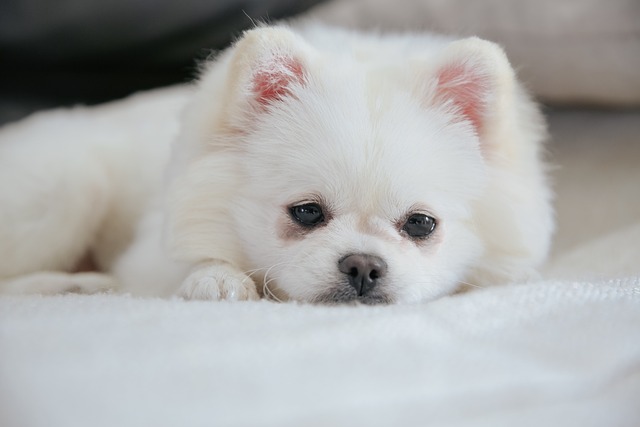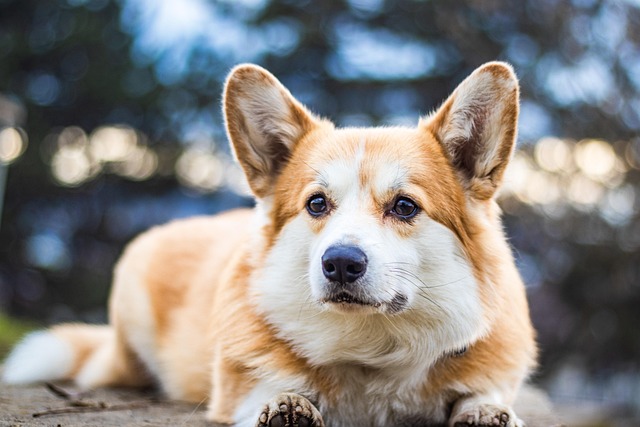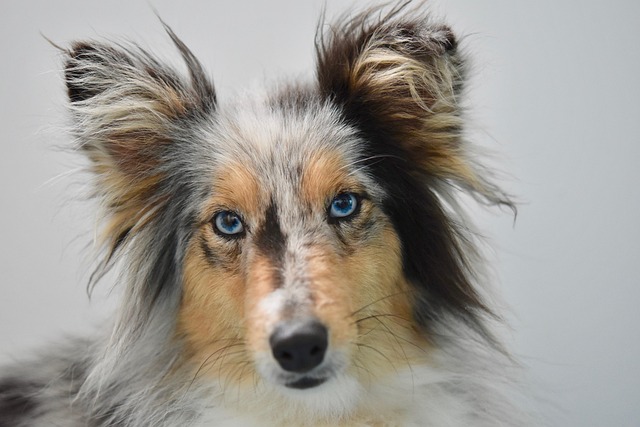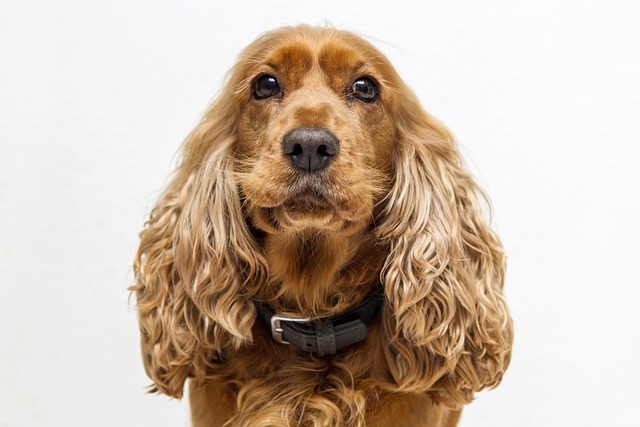Teaching an older dog new potty habits isn’t about starting over—it’s about understanding their past. Maybe they spent years in a shelter, or perhaps their routine got disrupted by a move. Whatever the reason, those accidents in the house don’t mean they’re being stubborn. They just need a little patience and a clear roadmap.
Start by building a schedule that sticks. Older dogs thrive on predictability, so take them out first thing in the morning, right after meals, and before bed. Let them sniff around—rushing them won’t help. When they do their business outside, celebrate like it’s the best thing you’ve ever seen. A treat, a scratch behind the ears, that excited tone in your voice—they’ll learn fast that this is what makes you happy.
Accidents will happen, and that’s okay. Scolding them after the fact only confuses them—they won’t connect the punishment to something they did 10 minutes ago. Instead, clean it up calmly with an enzymatic cleaner to erase the scent. Leaving that smell behind is like putting up a “go here” sign, and no one wants that, especially in areas where keeping your home clean is part of being a good neighbor.
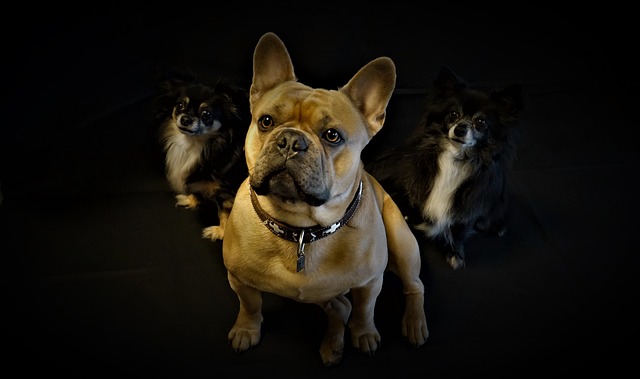 Pay attention to their signals. Maybe they circle more than usual, or stand by the door. Learn those cues and act fast. If you’re not sure, set a timer to remind yourself it’s time for a trip outside. Consistency here is key, and it shows in how quickly they catch on. Even dogs who’ve never had structure before will start to anticipate the routine.
Pay attention to their signals. Maybe they circle more than usual, or stand by the door. Learn those cues and act fast. If you’re not sure, set a timer to remind yourself it’s time for a trip outside. Consistency here is key, and it shows in how quickly they catch on. Even dogs who’ve never had structure before will start to anticipate the routine.
Consider their physical needs, too. Senior dogs might need more frequent breaks, especially if they have joint issues. A ramp to help them get outside easily can make all the difference. If accidents happen more often than not, check in with the vet—bladder infections or other health issues could be the culprit. Addressing those first makes training possible.
Some older dogs come with past traumas. Maybe they were punished for going inside before, so they hide when they need to go. Go slow with these pups. Never push their face near an accident, and avoid loud reactions. Trust takes time, but once they realize you’re not going to scold them, they’ll start to relax.
In many places, keeping your dog well-trained is part of being a responsible owner. It’s not just about your home—it’s about respecting shared spaces, like apartments or neighborhoods where accidents can cause friction. A dog who knows where to go makes life better for everyone, including them.
This process won’t happen overnight. There will be good days and setbacks, but every small win is worth celebrating. Watching your older dog learn to trust the routine, to let you know when they need to go—that’s the kind of bond that makes all the patience pay off. They’re not just learning a new habit—they’re learning they’re safe, loved, and part of a family that’s willing to meet them where they are.
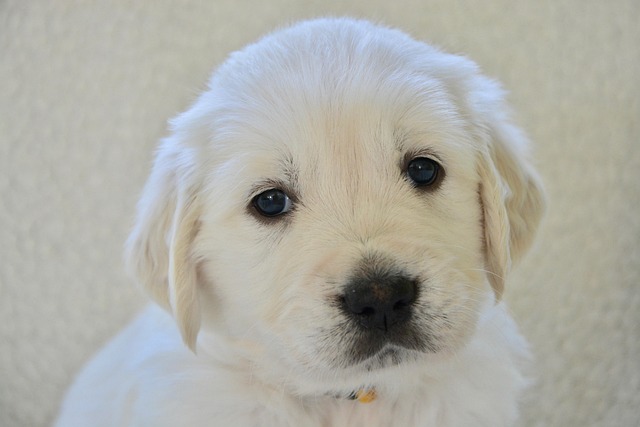
 Pay attention to their signals. Maybe they circle more than usual, or stand by the door. Learn those cues and act fast. If you’re not sure, set a timer to remind yourself it’s time for a trip outside. Consistency here is key, and it shows in how quickly they catch on. Even dogs who’ve never had structure before will start to anticipate the routine.
Pay attention to their signals. Maybe they circle more than usual, or stand by the door. Learn those cues and act fast. If you’re not sure, set a timer to remind yourself it’s time for a trip outside. Consistency here is key, and it shows in how quickly they catch on. Even dogs who’ve never had structure before will start to anticipate the routine.